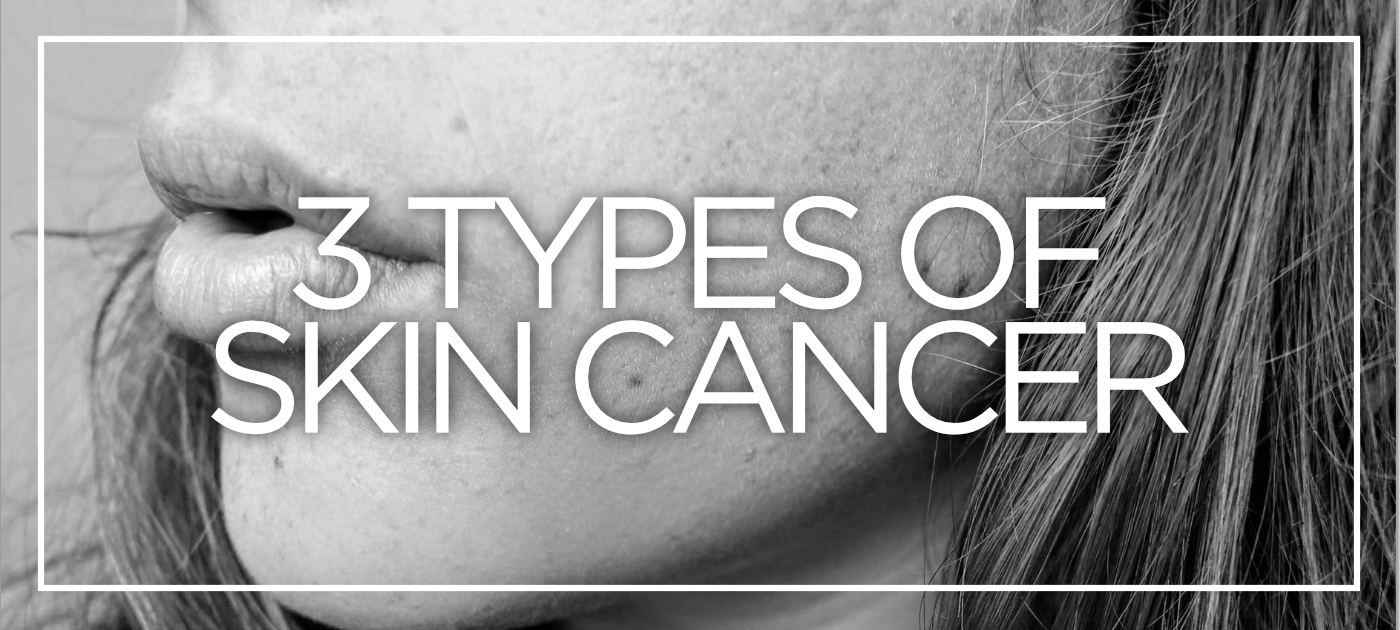We know skin cancer can be scary! But as they say know your enemy.
So, to know better about our enemy; skin cancer we will be going through three main type of skin cancer to combat against it accordingly.
There are three main types of skin cancer: basal cell carcinoma (BCC), squamous cell carcinoma (SCC) and melanoma.
Skin cancer is highly treatable however, if it’s left untreated, skin cancer can spread becoming life threatening. So we recommend that you get to know your skin and apply for regular skin checks at your closest dermatologist.
Basal Cell Carcinoma (Basal Cell Cancer)
Basal cell carcinoma (BCC) is the most common skin cancer in the world. It is about 70% of non-melanoma skin cancers. It begins in the lower layer of the epidermis (outer layer of the skin).
It can appear anywhere on the body but usually develops on areas which have received high or intermittent sun exposure (ultra violet exposure).
Squamous Cell Carcinoma (Squamous Cell Cancer)
Squamous cell carcinoma (SCC) is the second most common skin cancer in the world. It is about 30% of non-melanoma skin cancers. It begins in the upper layer of the epidermis and is typically prevalent on areas that receive significant amounts of sun exposure (ultra violet exposure), such as the face, ears, neck, arms, shoulders and back.
This type of skin cancer is more dangerous than Basal Cell Carcinoma as it has the ability to spread to other parts of the body. Squamous Cell Carcinoma tends to grow quickly over months and sometimes weeks.
Melanoma
This is the most serious form of skin cancer. Melanoma has the potential to spread very quickly and once the melanoma has penetrated below the surface of the skin it has the capability to be life threatening.
When detected early, the survival rates are high which is largely dependent on the thickness (depth) of the melanoma.
On a medical journey it stated:
a) For Melanoma of less than 0.75mm thick, they can expect to have a 95% cure rate.
b) For Melanoma left untreated and larger than 4mm thick, the cure rate is less than 55%.
Cancer Council also released that:
Estimated number of new cases of melanoma skin cancer diagnosed in 2019
15,229 = 8,899 males + 6,330 females
Estimated % of all new cancer cases diagnosed in 2019
11%
Estimated number of deaths from melanoma skin cancer in 2019
1,725= 1,190 males + 536 females
Estimated % of all deaths from cancer in 2019
3.5%
Chance of surviving at least 5 years (2011–2015)
91%
People living with melanoma skin cancer at the end of 2014 (diagnosed in the 5 year period 2010 to 2014)
55,128
Early diagnosis and using regular preventative measures are key.
How to diagnose skin cancers and melanomas
When looking at the skin, it is very hard for the untrained eye to know what to look out for and which lesions may be cancerous. We encourage that you get to know your skin and look for any changes.
If you notice a spot or mole which doesn't look right or bleeds and doesn't heal, make sure to visit a dermatologist or skin doctor. Being aware of the ABCDE rule and knowing what to look out for, is also encouraged.
Medical experts recommend wearing UPF50+ sun protective clothing as the best way to protect large areas of exposed skin.
Find out more about SParms and it's certified UPF50+ sun protective range by clicking the links below:
Sleeves UPF50+
Shoulder Wraps UPF50+
Body Shirts UPF50+
More UPF50+
SP arms Team,
This is for information purposes only, always consult your medical professional

1 comment
I was very worried about a mark on my body and your article relay eased my mind. Great article!